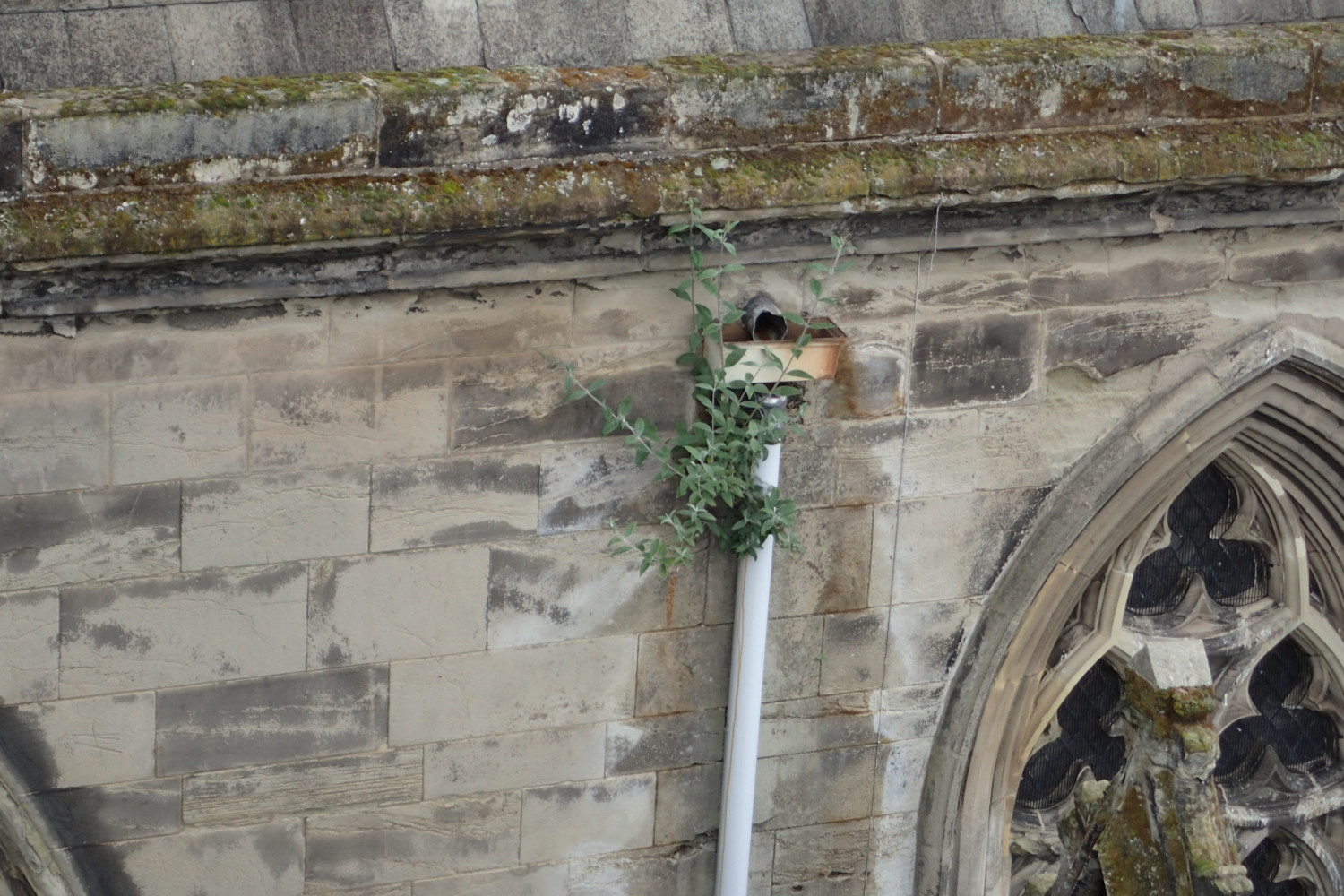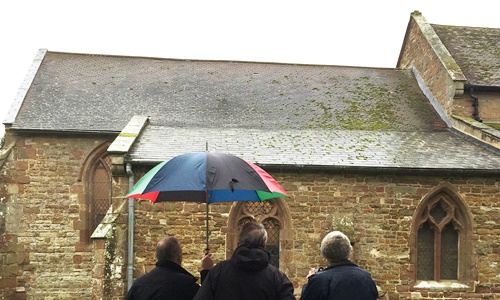
A Stitch in Time Saves Nine...
This is the premise of all good church maintenance. By maintenance we mean those small tasks that can be done easily and cheaply that slows the rate of decay, and delays (or even prevents) the need for larger, more costly repairs down the line. Maintenance tasks could include things as simple as fixing slipped tiles, clearing out drains, and ensuring that the gutters and downpipes are not leaking, and working as they should be.
Water ingress into a church building is the leading cause of building issues and can be very costly to repair if left too long. Damp can lead to rot and beetle infestation to the structure of the building, fixtures and fittings, so it is crucial to ensure that rainwater is taken away from the building via working gutters, downpipes and drainage.
Good maintenance is important because:
- Good stewardship - it can delay or even prevent small issues from becoming costly repairs,
- Positive image in the community - Our churches are a constant symbol of God’s presence in the community – a well-cared for church speaks of a well-cared for flock. A neglected church could present a negative image of our Christian witness in that community.
- Effective security – a well-cared for church implies the church is used frequently which can act as a deterrent to vandals or lead thieves
Inspect and Act!
Inspection is key and it is important to do this at least annually. Inspecting your building enables you to identify maintenance tasks that need doing, and then plan them into an annual programme of work. It also enables you to better budget for the next 12 months, and identify volunteers or contractors for each task. Don’t forget to revisit your maintenance plan regularly to see what has been acted on (or not!).
The National Churches Trust in collaboration with Historic England and the SPAB have developed a useful series of guidance notes, videos, and inspection templates and checklists to support PCCs in inspecting their church buildings, and managing the programme of maintenance tasks that result from it.
Back in 2019, Historic England did analysis of a sample of QI reports in order to evaluate the estimated repair liability and value of maintenance and minor repairs to church buildings. The results of this project can be found here. The report highlighted that delaying repairs rather than fixing defects when first identified, the costs incurred to deal with the issues increased by 15% to 20% on average. Rainwater goods and roofs were also identified as being the main sources of defects and consequential damage.

Top Tips!
- Unpleasant though it sounds, inspect your church when it’s raining! This is the best time to see if your rainwater goods are leaking, or your drains aren’t working.
- Regularly clear out your rainwater goods and ensure they are not broken or damaged.
- Check the roof for slipped tiles, slates or damaged flashings.
- Keep your eyes peeled for loose overhanging branches – one storm and there could be a large repair bill!
- Does your lightning conductor work? Better check it just in case.
- Be safe! If you don’t feel happy doing it, don’t do it. Call in someone who can.
- Be methodical in your approach to writing a maintenance plan, and record your findings clearly - take photographs.
- Revisit your maintenance plan regularly
To learn more, have a go at our *new* Maintenance Matters online training course on the Equip Hub!
Useful documents and sources
Historic England - Maintenance and Repair of Places of Worship
Historic England - Value of Maintenance report
Churchcare - Church Maintenance and Repair
SPAB - Maintenance Matters
How To Guide ...Remove Moss